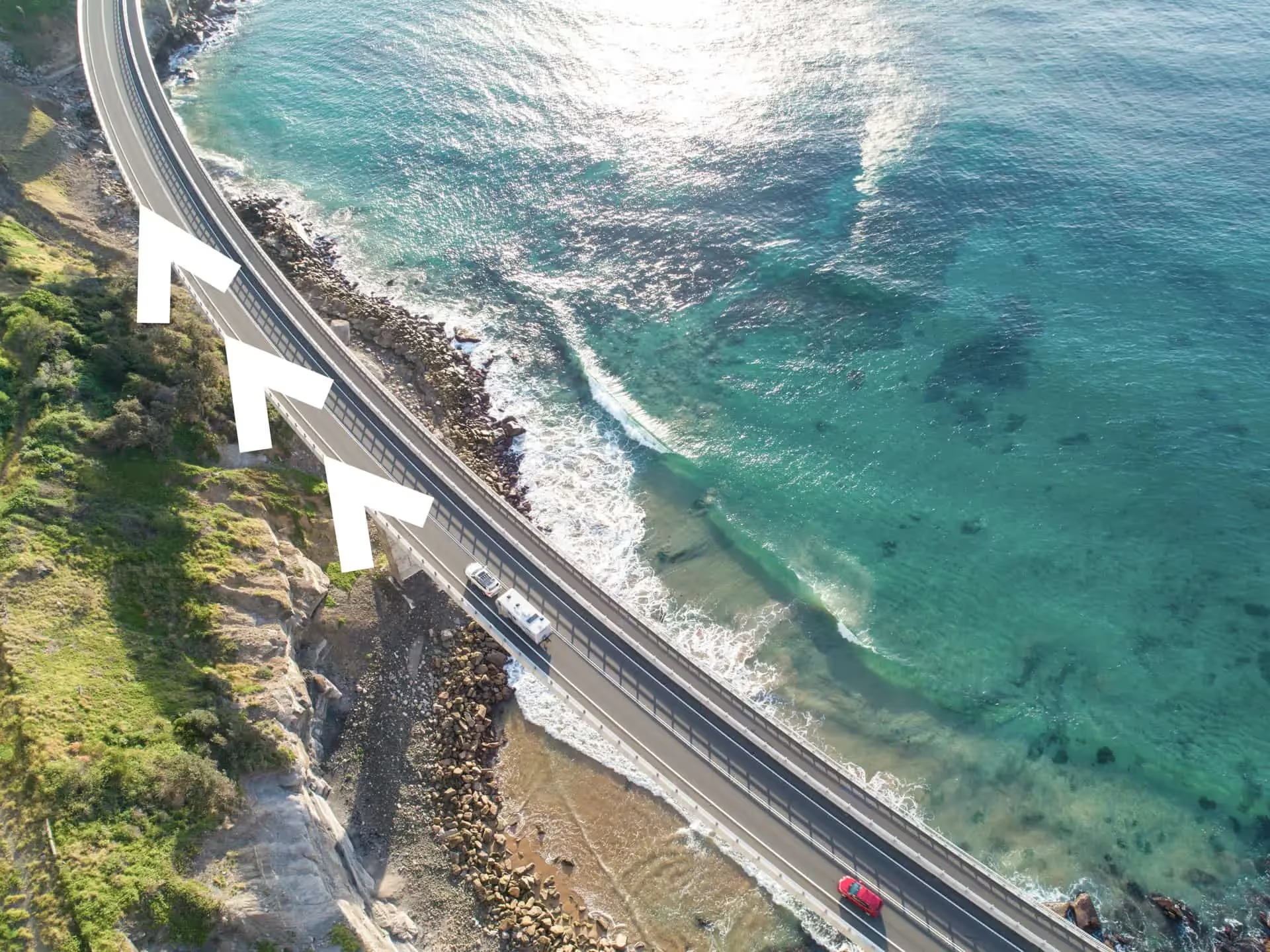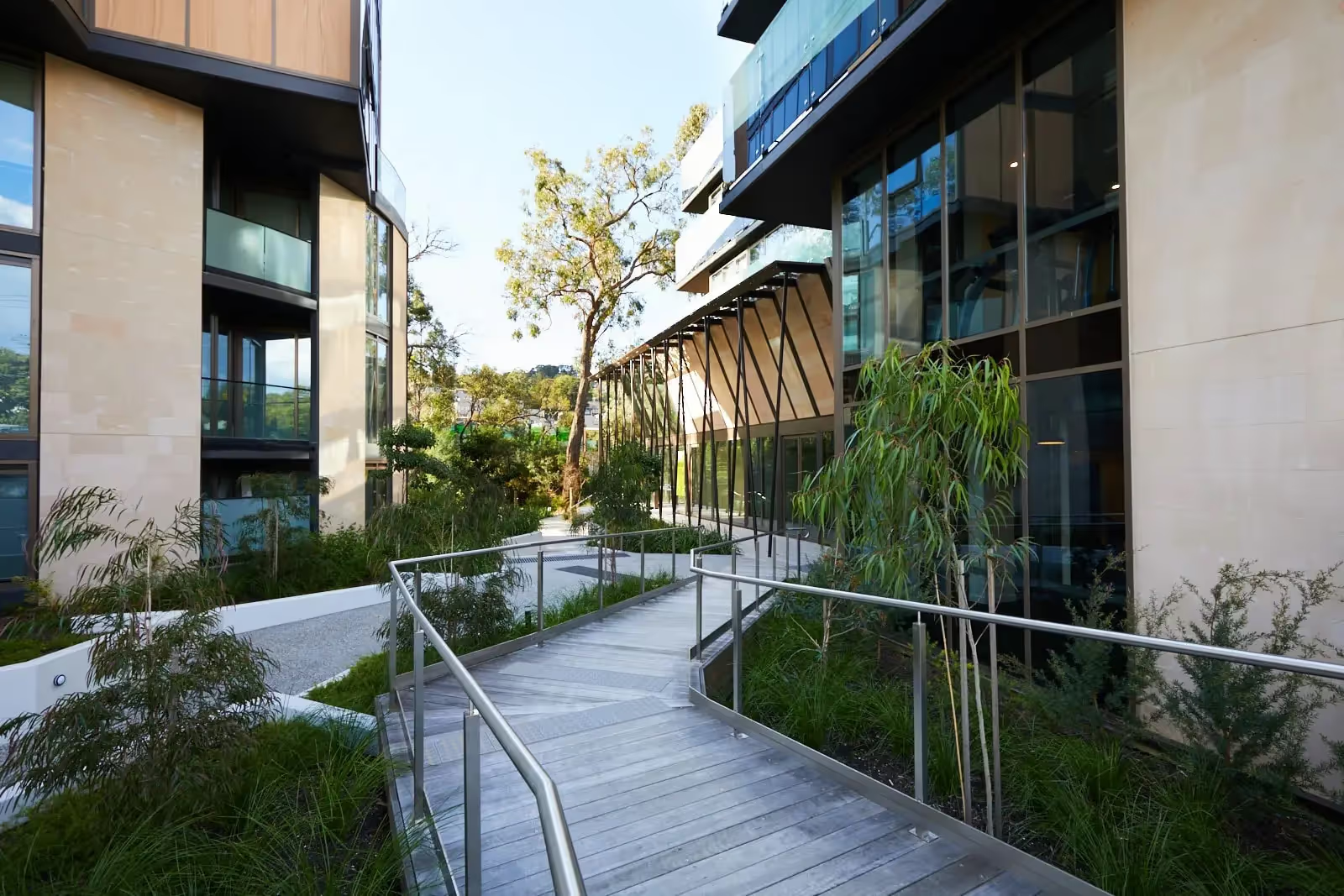Introduction
The foundation of a user-friendly and intuitive website lies in its information architecture. At emd:digital, we recognise the pivotal role that information architecture plays in shaping a website. Our commitment to meticulous information architecture ensures that your website not only looks stunning but functions seamlessly, providing users with a journey that is both intuitive and purposeful.
What is Information Architecture?
Information architecture (IA) is the structural design of information within a website. It encompasses the organisation, labelling, and navigation of content to allow for easy user understanding and interaction. Our approach to information architecture goes beyond just arranging elements on a page; it's about creating an ecosystem where users effortlessly find what they're looking for, increasing overall user satisfaction.
User-Centric Design
The heart of Information Architecture lies in understanding how users think and navigate. We meticulously organise content based on user mental models, ensuring that the structure of your website aligns with their expectations. By prioritising user-centric design, we create an environment where visitors can seamlessly explore, engage, and ultimately convert.
Wireframing
Wireframing is a crucial step in the information architecture process. It involves creating skeletal outlines of web pages, mapping out the placement of elements and establishing the flow of information. Our wireframing process is driven by a focus on intuitive layouts, where clarity and simplicity guide the arrangement of content. This step ensures that the skeleton of your website is robust and user-friendly.
Navigation for Seamless Exploration
Clear navigation is the backbone of any well-structured website. Our information architecture methodology involves crafting navigation systems that guide users through your content. By establishing a hierarchy of information, we empower users to effortlessly explore your website, improving their overall experience and reducing bounce rates.
Content Labeling
A well-defined content labelling system is an essential component of effective information architecture. We carefully categorise and label content, making it easily discoverable for users. This meticulous approach not only aids in navigation but also contributes to search engine optimisation (SEO), ensuring that your content is visible and accessible to both users and search engines.
Accessibility
Our commitment to user-centric information architecture extends to accessibility and inclusivity. We design with diverse user needs in mind, ensuring that your website is navigable for individuals with varying abilities. This dedication not only aligns with ethical design practices but also broadens your audience reach, creating an inclusive digital space.
Responsive Information Architecture
In an era of diverse devices and screen sizes, responsive design is a necessity. Our information architecture considers the website's adaptability across various devices, ensuring a consistent and seamless experience. Whether accessed on a desktop, tablet, or mobile phone, your website's structure remains intuitive, providing users with a cohesive experience regardless of the device.
Conclusion
Information architecture is not just a technical aspect of web design; it shapes the user experience from the ground up. At emd:digital, we believe that a well-structured website is the cornerstone of success.













.avif)




















